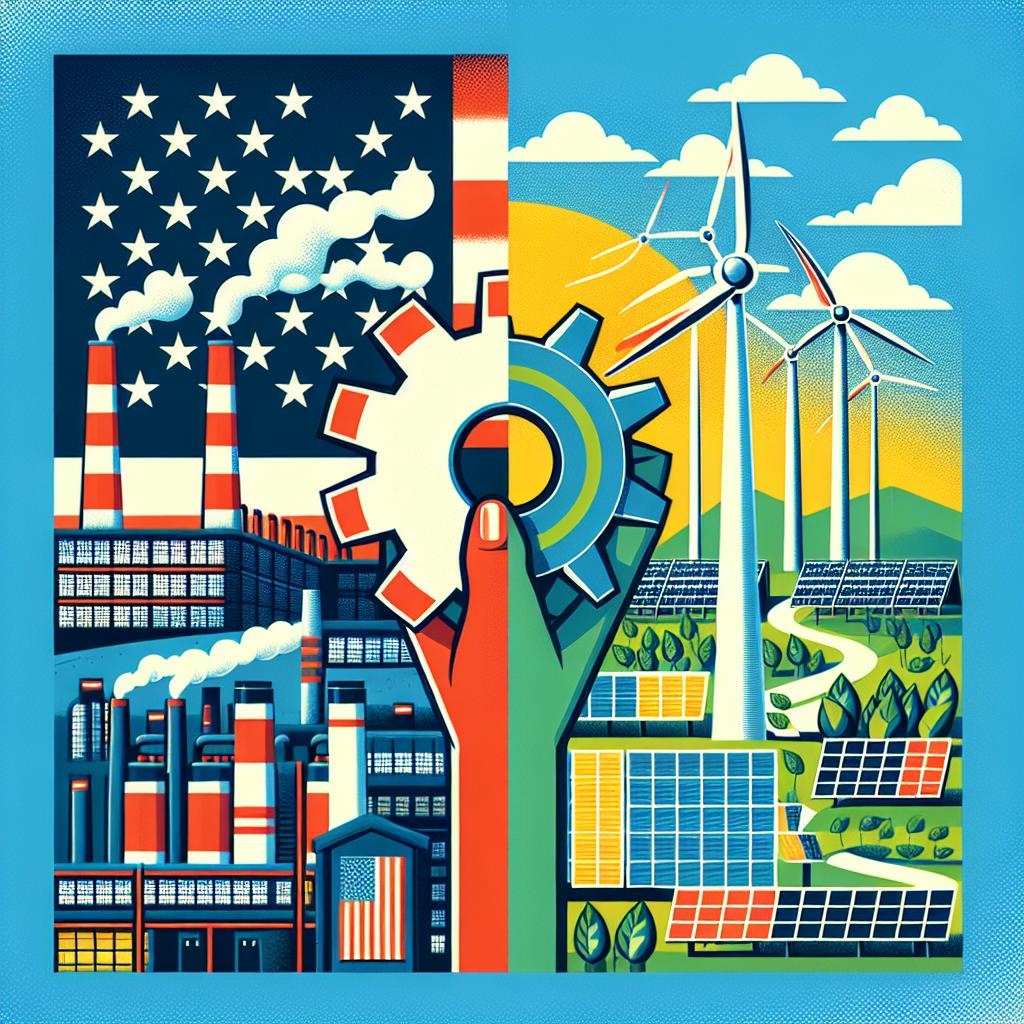-
Summary
- 2025-07-18 15:21

The intricate web of international trade policies significantly affects various sectors globally. A notable example is the imposition of substantial tariffs by the United States on Chinese battery materials with a duty rate of 93.5%, aiming ostensibly to safeguard domestic industries against perceived unfair competition. However, this move raises critical questions about its long-term economic consequences, particularly concerning higher prices for American consumers and potential disruptions in the supply chain. Experts warn that while protecting homegrown enterprises can be beneficial, excessive tariffs may backfire, leading to unintended economic strain on both sides of the border.
Simultaneously, the entry of Tesla into India highlights how multinational corporations navigate tariff complexities while expanding their markets. By setting up showrooms and introducing popular models like Model Y, Tesla seeks to tap into India’s growing demand for electric vehicles. Yet, this venture faces scrutiny over existing tariff structures and competitive pressures. It remains uncertain if these strategic moves will foster market growth or encounter resistance due to price competitiveness and trade barriers. Such scenarios underscore the delicate balance companies must maintain when entering emerging markets amid ongoing tariff issues.
Corporate leaders also find themselves entangled in geopolitical tensions, exemplified by Nvidia’s CEO Jensen Huang. His position demands managing the firm’s extensive footprint in both the U.S. and China amidst rising trade disputes and regulatory hurdles. This dual engagement reflects broader themes where top executives must navigate complex political landscapes to sustain business continuity and innovation. The case of Nvidia illustrates how pivotal roles in influential tech firms can shape responses to global conflicts, affecting not just the company but also the wider technological ecosystem reliant on stable cross-border interactions.
Looking ahead, the interplay between stringent trade policies and technological advancements will continue shaping economic landscapes. Future trends suggest heightened vigilance among policymakers towards balancing protectionist measures with fostering innovation. Companies like Tesla and Nvidia will need adaptive strategies to thrive under evolving conditions, ensuring they align with both local market needs and overarching geopolitical climates. As nations grapple with maintaining competitive edges, the ripple effects of these decisions will likely manifest in fluctuating consumer prices, shifts in investment patterns, and adjustments in global supply networks.
The United States plans to implement a significant tariff policy targeting Chinese battery materials by imposing a duty rate of 93.5%. This decision has sparked discussions regarding its implications for both countries involved. On one hand, it aims to protect domestic industries from unfair competition; however, experts argue that this measure could inadvertently harm American businesses and consumers due to increased product costs. Reports from multiple sources highlight concerns about potential economic repercussions stemming from such high tariffs.
In recent developments, electric vehicle manufacturer Tesla has officially entered the Indian automotive market. This expansion marks significant progress for both Tesla and India's burgeoning EV sector. Multiple news outlets have covered this event, discussing aspects such as potential impacts from existing tariff wars which could influence Tesla’s sustainability in the region. Key points include Tesla launching its showrooms and introducing popular models like Model Y in India. Analysts ponder whether these efforts will invigorate the local market or lead to challenges due to competitive pricing strategies and trade barriers.
The articles highlight the strategic importance of Tesla establishing operations in India, emphasizing the launch specifics, market dynamics, and economic factors that might affect Tesla’s performance.
Nvidia’s Chief Executive Officer (CEO), Jensen Huang, has inadvertently become an intermediary figure caught between escalating tensions between the United States and China. Despite his reluctance, he finds himself navigating complex diplomatic waters due to Nvidia’s significant business interests in both countries. This situation arises from the company’s extensive market presence and technological advancements that impact global supply chains.
The dual economic influence of Nvidia in both major economies necessitates Huang’s involvement in addressing trade disputes and regulatory challenges. His role underscores the broader implications of corporate leadership during geopolitical conflicts.
Former President Donald Trump announced initiatives aimed at providing regulatory relief across three specific sectors: coal industry, iron ore sector, and chemical manufacturing industry. These announcements were reported by multiple sources including Click Orlando and MarketBeat on July 18th and 17th, respectively, in 2025. The primary focus was on easing regulations that could potentially impact operational costs and business growth within these targeted industrial areas.
The stock market indices such as S&P 500 and Nasdaq have reached new peak values despite threats posed by former U.S. President Donald Trump regarding tariffs.
In parallel developments, NVIDIA has surpassed a significant milestone by crossing the $400 billion market capitalization mark.